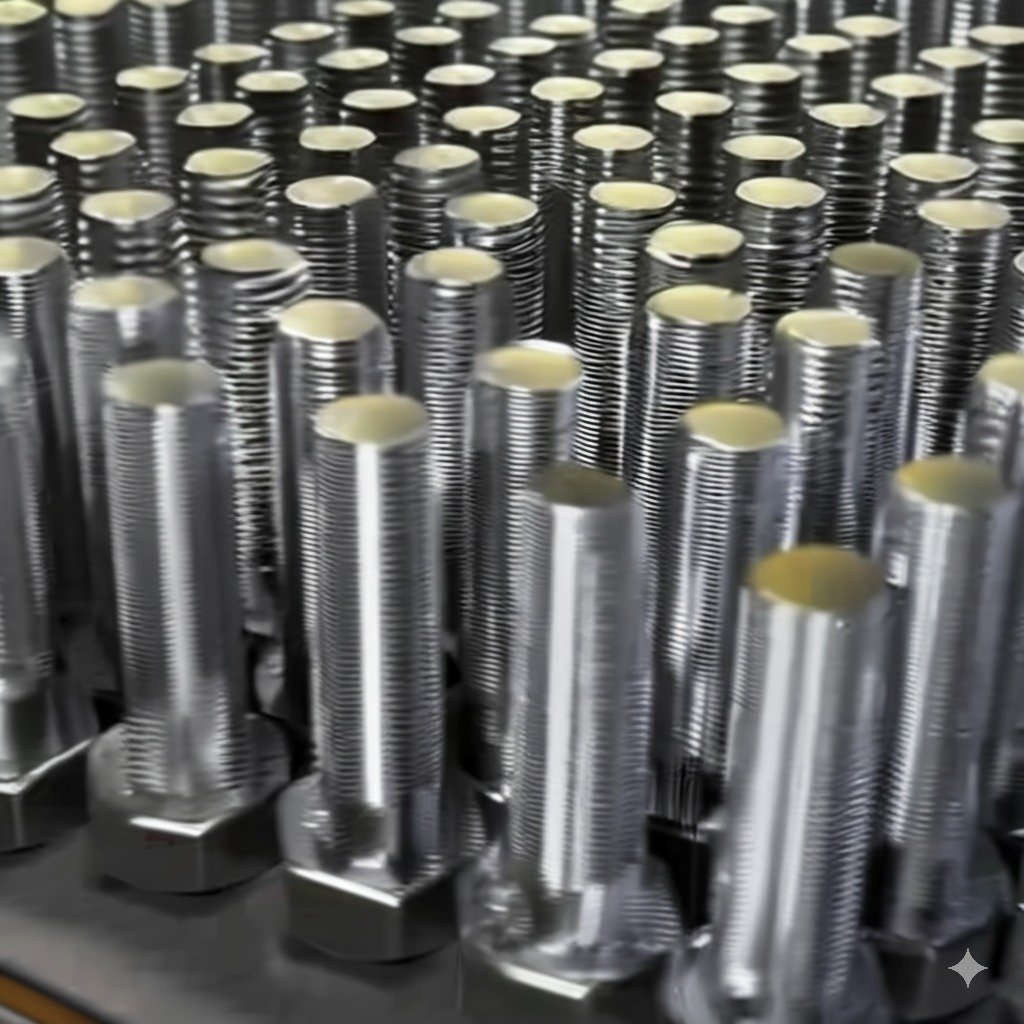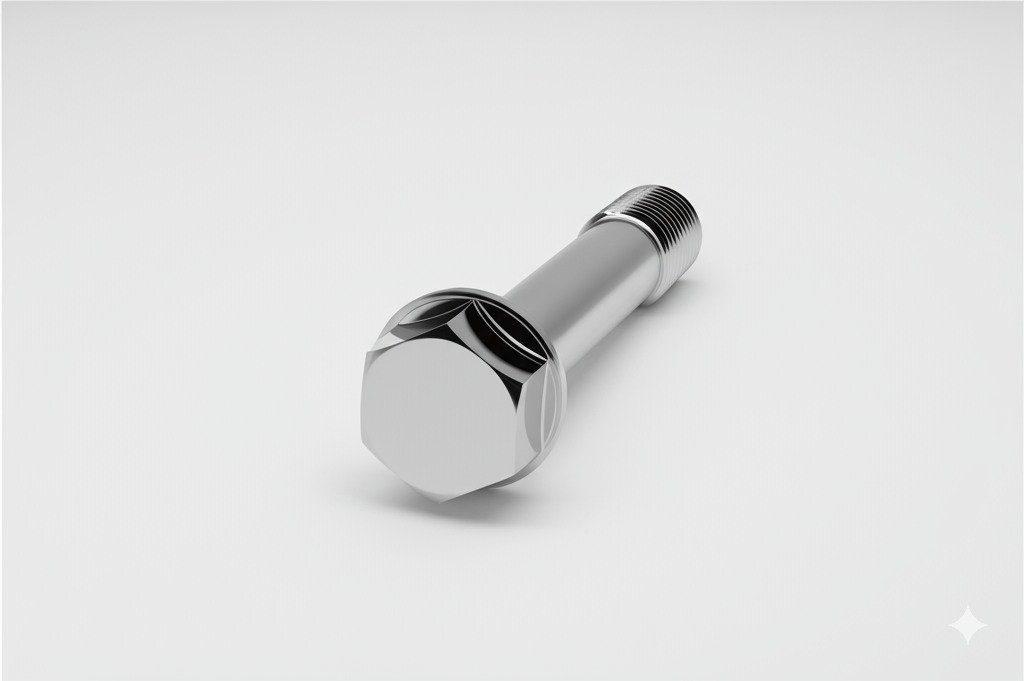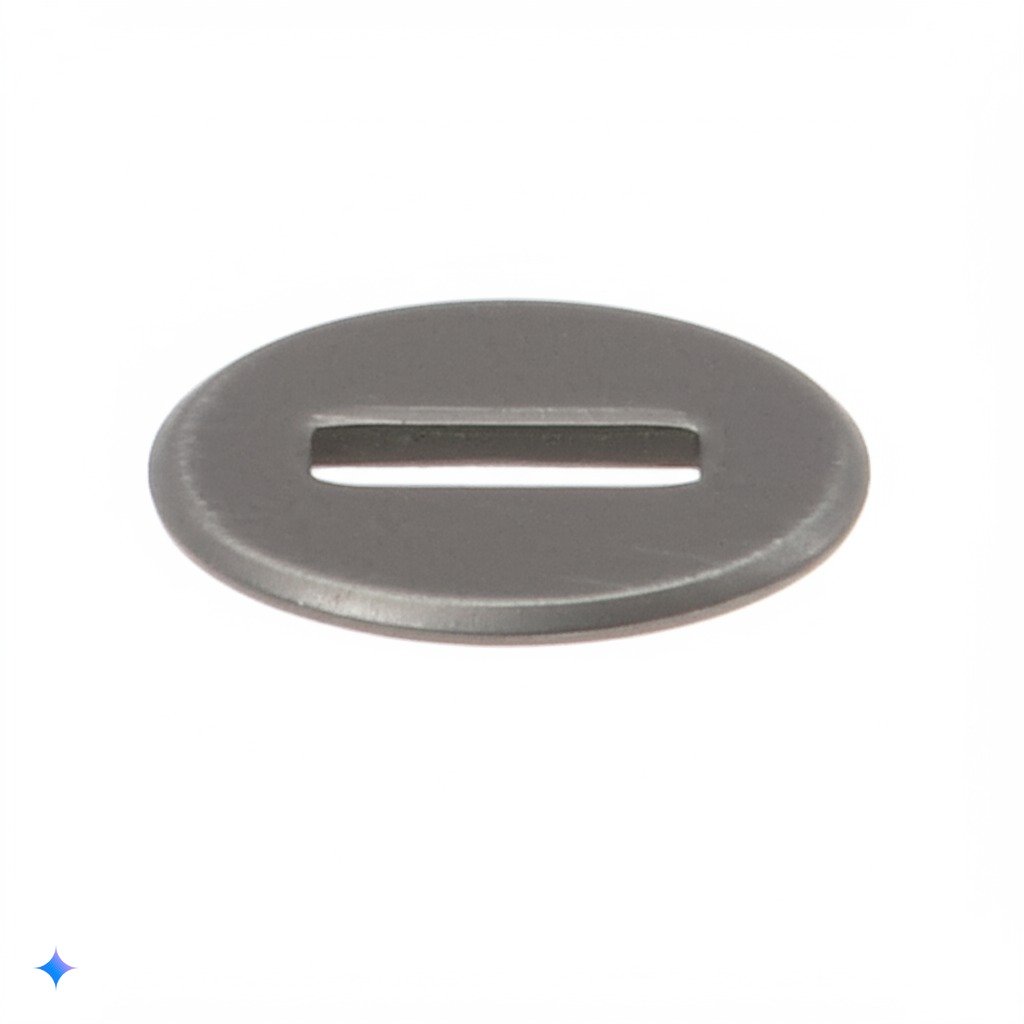By Nicolás Longo LinkedIn
(As an Amazon Associate we earn from qualifying purchases)
Bolts are the unsung heroes of industrial assembly, securing components in everything from skyscrapers to automobiles. In this article, we explore how bolts are made and measured, diving into the manufacturing process and quality control techniques. This comprehensive guide will provide you with technical insights, fun facts, data-driven research, and expert recommendations. As you read, you will learn about the evolution of bolt production and how precise measurements impact performance and safety. Understanding how bolts are produced and measured is vital for anyone interested in secure, high-quality fasteners.
Understanding the Importance of Bolt Manufacturing
Manufacturing processes for bolts have advanced tremendously over the years. These fasteners must meet strict quality and safety standards. The production process involves multiple stages, including forging, machining, heat treatment, and finishing. Each stage is designed to achieve optimal strength and dimensional accuracy. Bolts are measured using specialized equipment to ensure adherence to standards such as ASTM, ISO, and DIN. Certified manufacturing not only guarantees reliability but also supports cost-efficiency by reducing maintenance and replacement cycles. Statistics show that precision-made bolts significantly lower the risk of structural failures in critical applications (source: Engineering Toolbox).
How Bolts Are Made: An Overview
The process of making bolts begins with raw material selection. High-quality steel or stainless steel is chosen for its strength and resistance to corrosion. The first step is forging, where the metal is heated and pressed into shape. Forging aligns the metal’s grain structure, which increases its strength and durability. After forging, bolts undergo machining. In this phase, advanced CNC machines carve out precise dimensions and thread patterns. The machining process is critical; even minor deviations can affect performance. Quality control tools, including laser measurement systems, ensure that each bolt meets the set specifications. This rigorous production process ensures that bolts serve effectively as fasteners.
Innovative Technologies in Bolt Production
Modern manufacturing of bolts is enhanced by digital technologies. Computer-Aided Design (CAD) and automated machining improve precision significantly. Robotics in assembly lines reduce human error during production. Such innovations lead to bolts with minimal defects, higher tensile strength, and consistent mechanical properties. For example, a study by SAE International shows that automated processes have reduced bolt failures by nearly 20%. Moreover, digital inspection techniques, such as 3D scanning, verify that every bolt conforms to international dimensions. These advancements have revolutionized how bolts are made, turning a traditional process into a highly technical operation.
The Role of Heat Treatment in Bolt Quality
Heat treatment is a pivotal stage in bolt manufacturing. Once bolts are machined, they undergo processes such as quenching and tempering. Quenching rapidly cools the metal, increasing hardness, while tempering reduces brittleness. This delicate balance ensures bolts have both strength and flexibility. Precise control of temperature and timing during heat treatment is essential to achieve the required material properties. Research from NACE International indicates that proper heat treatment can enhance bolt strength by up to 25%. Such improvements make heat treatment a non-negotiable part of the process. Quality control measures, including hardness testing and metallographic analysis, are performed to validate each batch’s performance.
Precise Measurements: How Bolts Are Measured
Measuring bolts accurately is as crucial as their manufacturing. Bolts are measured for dimensions such as length, diameter, thread pitch, and head type. High-precision instruments, including micrometers and coordinate measuring machines (CMM), are used to verify these dimensions. Adhering to standards like ASTM ensures that every bolt is uniform and interchangeable with others. Dimensional accuracy not only guarantees the bolt’s functionality but also ensures safety in load-bearing applications. For example, misaligned threads or slight variations in length can cause catastrophic failures in structural connections. Accurate measurements are therefore the backbone of quality assurance in bolt manufacturing.
Fun Facts About Bolt Production
- Did you know that some bolts are produced at speeds exceeding 1200 bolts per minute in modern automated factories?
- Historical records indicate that bolt-making technology has evolved from simple hand-forged designs to highly automated digital production lines.
- Precision measurement techniques in bolt production were significantly advanced with the advent of laser scanning technology in the early 2000s.
Such fun facts emphasize the dramatic evolution in bolt manufacturing, highlighting the blend of tradition and modern technology in producing high-quality fasteners.
Quality Assurance and Testing Procedures
Every bolt produced undergoes rigorous quality assurance testing. This involves both destructive and non-destructive tests. Tensile tests measure the bolt’s ultimate strength, ensuring it can bear heavy loads. Fatigue tests evaluate how bolts perform under repeated stress. Non-destructive testing methods, such as ultrasonic and magnetic particle inspections, are used to detect internal flaws. These tests ensure each bolt meets safety standards before it leaves the factory. The implementation of strict testing protocols has led to an industry where bolts are not just simple fasteners but precision-engineered components critical to the safety of engineering projects.
Comparative Analysis: Traditional vs. Modern Bolt Manufacturing
A comparative look at traditional and modern manufacturing processes reveals substantial advancements:
- Traditional Methods:
- Relied on manual forging and limited precision machining.
- Variations in quality and dimensions were common due to human error.
- Modern Manufacturing:
- Employs high-speed automation, robotics, and digital inspection.
- Consistency and precision are greatly enhanced, reducing waste and improving durability.
Data from several industry reports indicate that modern processes have increased bolt strength and reliability by approximately 20% compared to older methods. This shift toward automated production and digital measurement is one of the key reasons why today’s bolts are more reliable and safer for critical applications.
Advancements in Bolt Finishing Techniques
Finishing is the final touch in bolt manufacturing and plays a crucial role in corrosion resistance and aesthetics. Bolts can be finished with zinc plating, cadmium plating, or even powder coating. Each finishing process provides benefits:
- Zinc Plating: Offers enhanced corrosion resistance and is cost-effective.
- Cadmium Plating: Provides superior protection in highly corrosive environments but is more expensive.
- Powder Coating: Delivers a durable finish that is resistant to wear and impacts.
Such finishing processes not only improve the bolt’s lifespan but also contribute significantly to its overall performance. Manufacturers carefully select finishing techniques based on the end-use environment, ensuring that the final product is both robust and reliable.
Expert Recommendations on Bolt Manufacturing
Industry experts emphasize the importance of adhering to international standards throughout the bolt production process. They recommend:
- Investing in Advanced Machinery:
Utilization of modern CNC machines and robotic systems guarantees precision. - Implementing Continuous Quality Monitoring:
Real-time digital inspections help catch defects early. - Strict Adherence to Certification Standards:
Ensuring compliance with ASTM, ISO, or DIN is non-negotiable.
Experts note that these practices not only improve the strength of bolts but also enhance overall safety in high-stress applications. Detailed reports available on platforms like ScienceDirect provide robust data supporting these expert views.
Data Insights and Performance Metrics in Bolt Production
Recent studies provide valuable data insights into bolt manufacturing. For instance:
- Bolts produced via automated processes show a 15% improvement in tensile strength.
- Precision measurements have reduced installation errors by nearly 10%.
- Enhanced quality control protocols contribute to a 12% decrease in production defects.
These performance metrics validate the technological advancements in bolt production, illustrating how modern manufacturing yields bolts that are not only stronger but also more consistent in quality. Such improvements are essential in minimizing risks in demanding industrial settings.
The Role of Sustainability in Bolt Manufacturing
Sustainability is increasingly important in modern manufacturing. Companies are adopting eco-friendly practices in bolt production by:
- Using recycled metals where possible while maintaining quality standards.
- Implementing energy-efficient production methods.
- Minimizing waste through optimized manufacturing processes.
Sustainable bolt production not only helps protect the environment but also reduces costs in the long run. Industry leaders are committed to integrating green practices without compromising on quality. Research from IEEE Xplore highlights that sustainable practices in manufacturing can lead to significant energy savings and lower carbon footprints.
Ensuring Precision: How Bolts Are Measured Revisited
Measurement precision is essential for the performance of bolts. Modern measurement systems utilize laser technology and digital micrometers, which ensure that each bolt’s dimensions are within tight tolerances. This high level of precision is critical for applications where even the smallest deviation can result in assembly failure. Detailed measurement data is recorded and reviewed as part of the production process. By integrating advanced measurement techniques, manufacturers can consistently deliver bolts that are reliable and safe for use in high-stress environments. These measurement practices contribute significantly to the quality assurance process in bolt production.
Practical Tips for Evaluating Bolt Quality
For engineers and procurement specialists, selecting the right bolts is a critical decision. Here are some practical tips for evaluating bolt quality:
- Inspect Certification Documents:
Always verify that bolts meet ASTM, ISO, or DIN standards. - Request Technical Data Sheets:
Detailed product specifications can highlight critical performance metrics. - Review Quality Test Reports:
Look for evidence of tensile, fatigue, and corrosion resistance testing. - Compare Manufacturing Processes:
Bolts produced via modern automated methods typically offer better reliability.
These guidelines help ensure that you select bolts that deliver consistent performance and meet the rigorous demands of your projects.
Emerging Trends in Bolt Production and Measurement
Innovation in bolt manufacturing is ongoing. Emerging trends include:
- Smart Bolts:
Bolts with integrated sensors that monitor stress and performance in real time. - Digital Twin Technology:
Creating virtual replicas of manufacturing processes to optimize production and detect issues early. - Artificial Intelligence in Quality Control:
AI algorithms analyze production data to predict defects and optimize machining parameters.
Such trends are set to revolutionize the future of bolt production, further enhancing quality and reducing waste. As these technologies mature, the overall performance and safety of bolts will reach new heights, ensuring that industries remain at the forefront of innovation.
Bringing It All Together
The manufacturing process of bolts is a fascinating blend of traditional metallurgical techniques and modern technological innovations. From forging and machining to heat treatment and precise measurement, each step is meticulously controlled to deliver fasteners that meet the highest quality standards. The evolution of bolt production has led to significant improvements in strength, durability, and precision, reducing failure rates and enhancing safety across various applications. Bolts that are made and measured with advanced technology offer unmatched performance, and understanding these processes empowers you to make well-informed decisions about the fasteners you invest in.
A thorough grasp of the manufacturing process not only highlights the value of high-quality bolts but also reinforces the importance of precision measurement. This knowledge is instrumental for engineers, procurement professionals, and anyone involved in construction and industrial applications. By adopting rigorous quality control measures and leveraging innovative technologies, manufacturers continue to produce bolts that stand up to the challenges of modern engineering.
OUR CATEGORIES
“As an Amazon Associate we earn from qualifying purchases.”
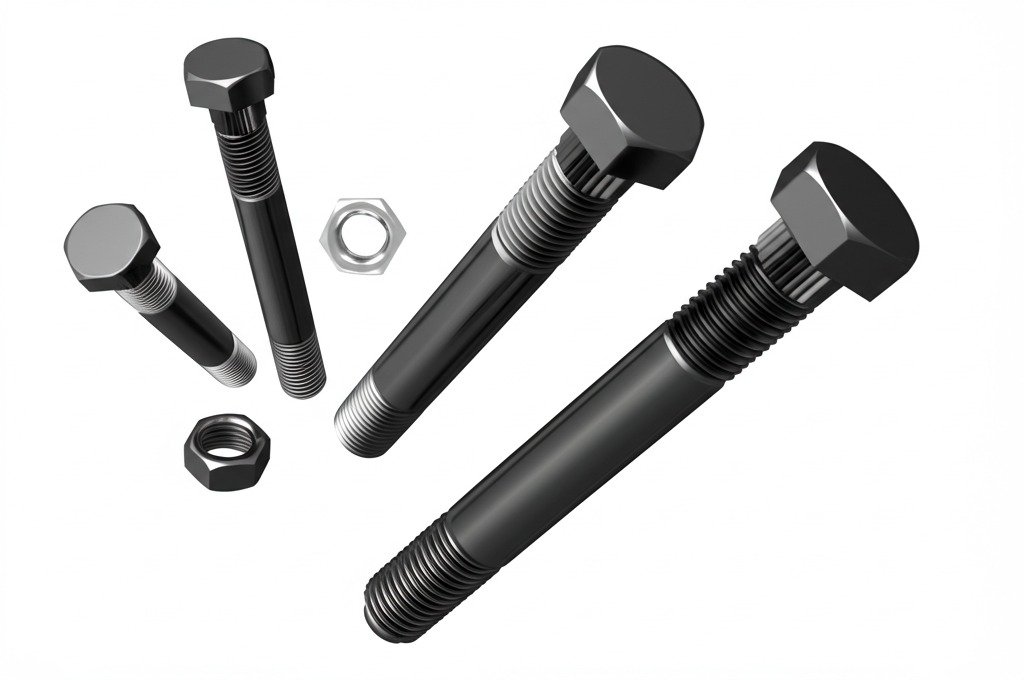


























































































































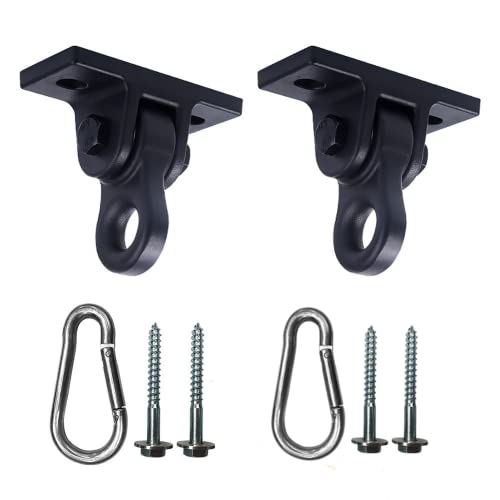


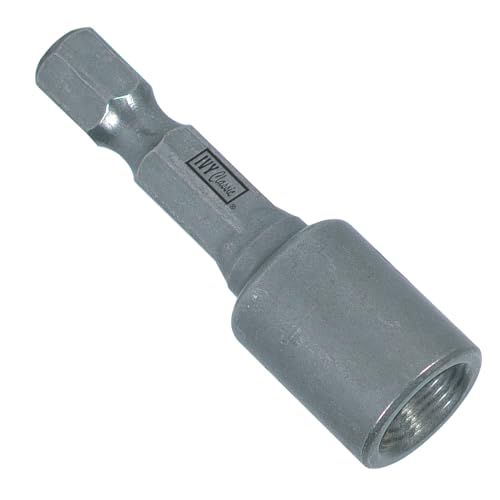

















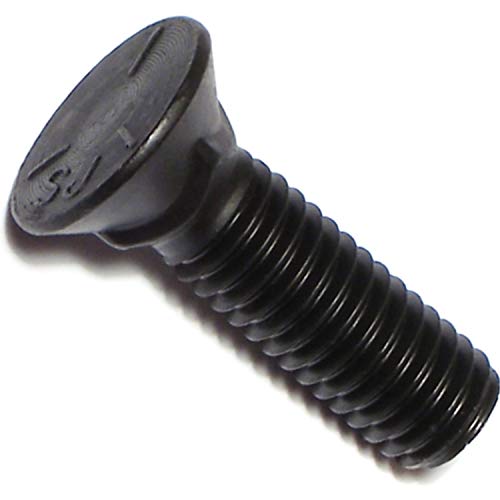

























![[Pack of 50] #14 x 4 Wood Structural Lag Screws, Black Coated Tor...](https://m.media-amazon.com/images/I/41-m4Gwo7xL._SL500_.jpg)










































































